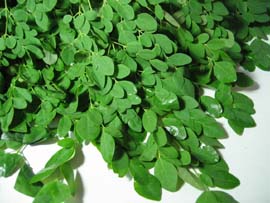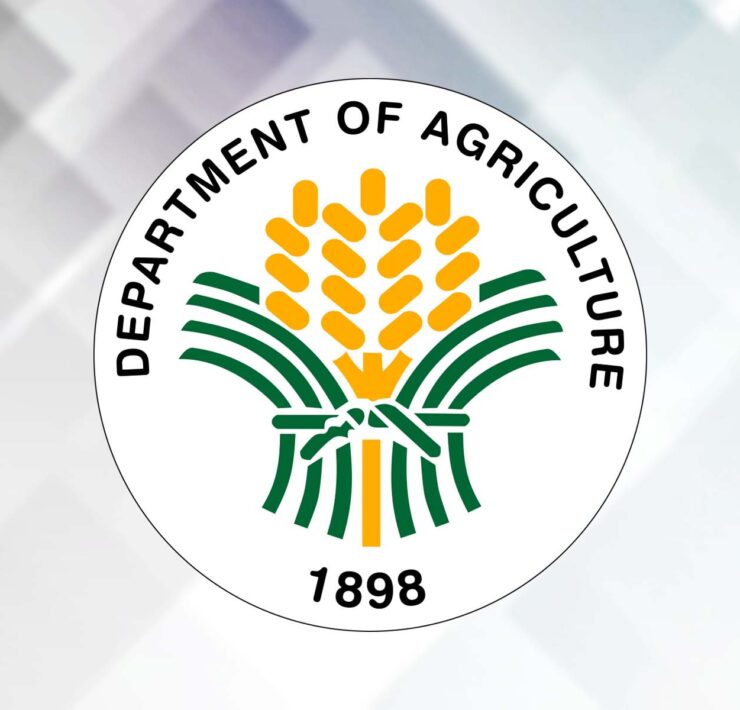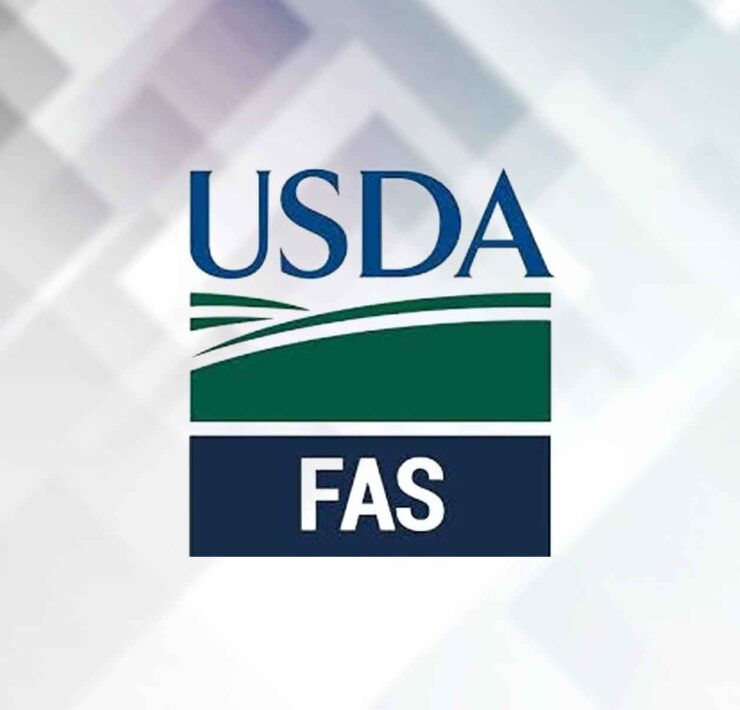‘Malunggay’ for food security

Since food security is a key mandate of the Department of Agriculture (DA), promoting moringa (or “malunggay”) must also be its priority. This is important because of our alarming malnutrition problem.
Plant a moringa tree in your backyard, and you will have better food security. The DA must give moringa almost as much attention as rice. It is a low-cost, high-return initiative.
According to the Food and Agriculture Organization, “Moringa is a genus of shrubs and trees with multipurpose uses: its leaves, herbs and immature pods are consumed as vegetables. For small-scale farmers, it is a source of maternal and child nutrition, medicines and household income.”
Benefits
According to Food Science and Human Wellness, “moringa provides seven times more vitamin C than orange, 10 times more vitamin A than carrots, 12 times more potassium than bananas and 25 times more iron than spinach. The fact that moringa is easily cultivated makes it a sustainable remedy for malnutrition. It is used to treat malnutrition in children younger than 3 years. About six spoonfuls of leaf powder can meet a woman’s daily iron and calcium requirements during pregnancy.”
The last point is especially important. Based on available data from Save the Children, childhood stunting is so severe, we are now ranked ninth in the world. It is costing us P328 billion a year.
Moringa addresses not just stunting.
According to Dr. Atli Arnarson in his article “6 Science-Based Health Benefits of Moringa,” it is rich in antioxidants, which act against free radicals in our bodies. High levels of free radicals cause oxidative stress, which is associated with chronic diseases like heart disease and Type 2 diabetes. Other moringa benefits Arnarson identified included lowering blood sugar levels, reducing inflammations and lowering cholesterol.
Private and government action
In the private sector, Moringaling Philippines Foundation, Inc. has organized six congresses on the topic. It continues to conduct trainings and seminars nationwide.
According to former managing director Jayson Simon, for a P70,000 investment, you can plant 4,000 trees in one hectare. For the fresh leaves alone, this would earn P320,000 annually. If a processing investment is added, it can yield more than P1 million.
In government, Agriculture Undersecretary Cheryl Caballero is addressing the morninga value chain.
Last August 24, Caballero went to Rosales, Pangasinan, to establish a model nursery using the hub-and-spoke approach. The main nursery will be in Rosales, with hubs in eastern and western Pangasinan. Both plantation and household growers will now get high-quality seedlings for growing as well as processing.
On that same day, Caballero also made arrangements with a processor who is already exporting moringa oil, capsules, tea, and dried leaves to the United States, Europe and Japan.
The DA, with a necessary significant budget increase (for high-value crops) that Congress should approve in its current deliberations, must now prioritize moringa. The result will be food security, job creation and a grateful and healthier nation.
The author is Agriwatch chair, former secretary of presidential flagship programs and projects, and former undersecretary of the Department of Agriculture and the Department of Trade and Industry. Contact is agriwatch_phil@yahoo.com.




















